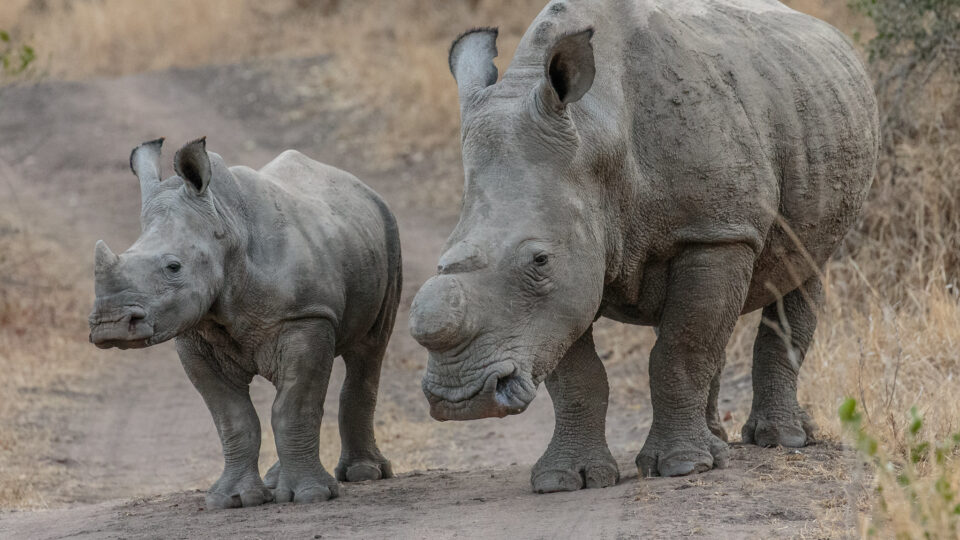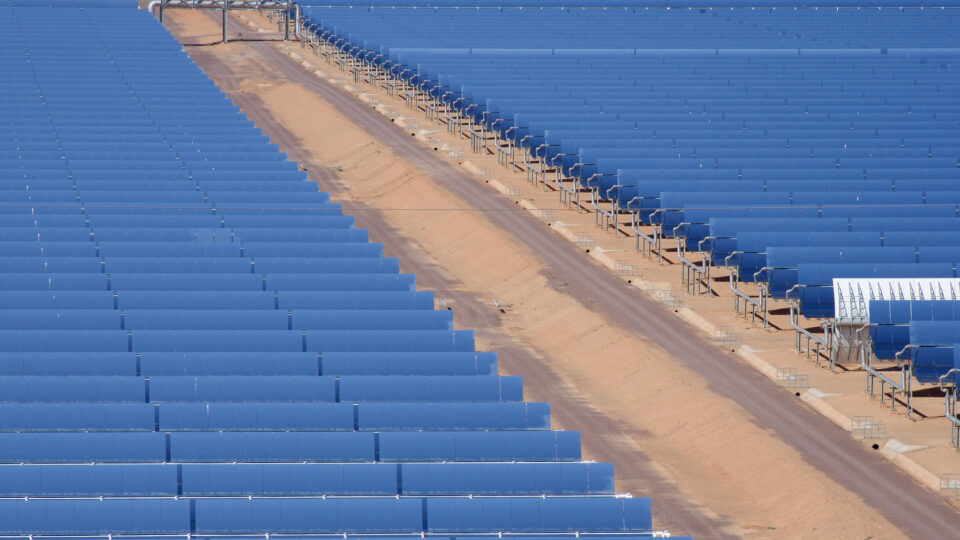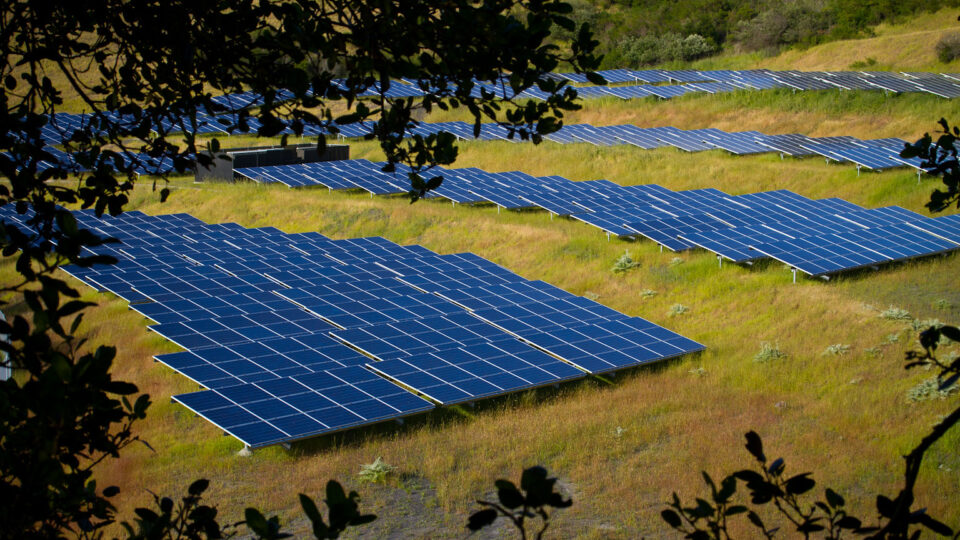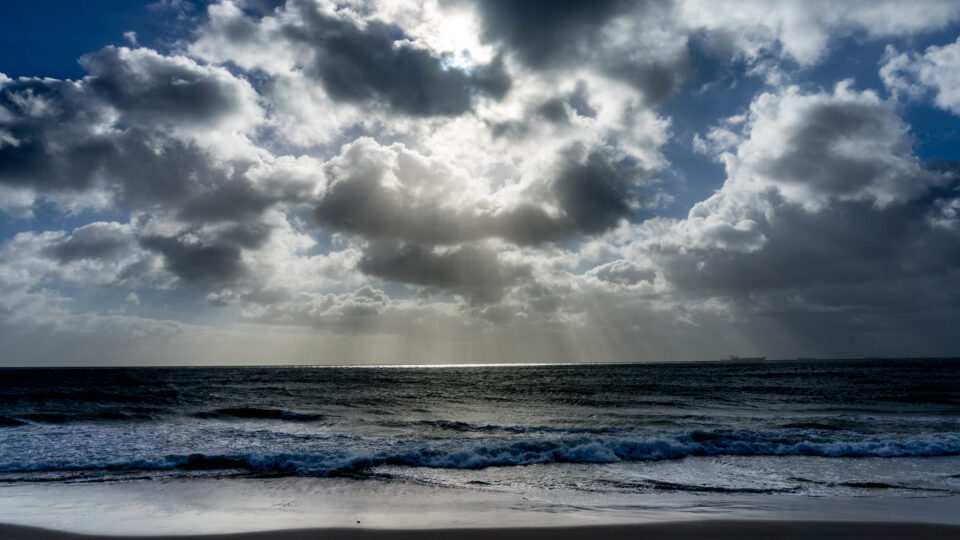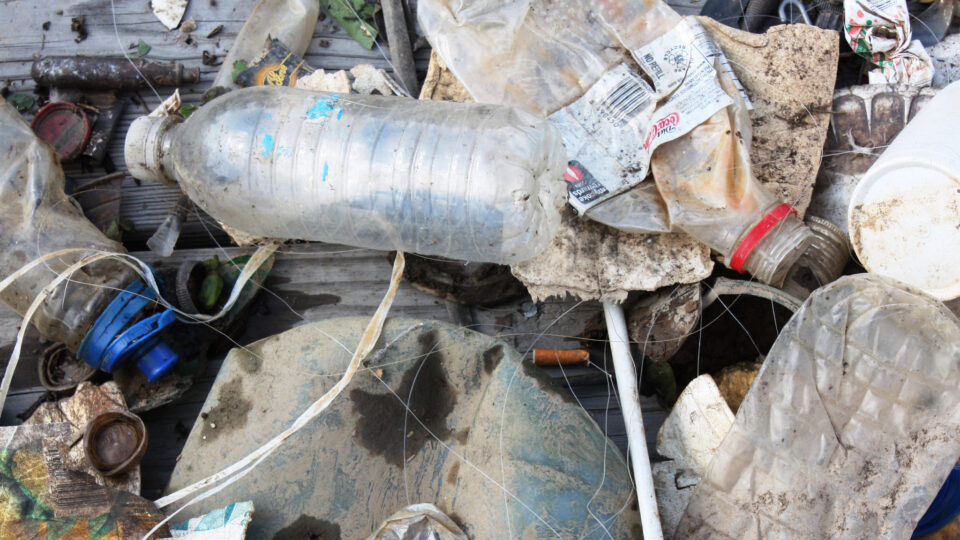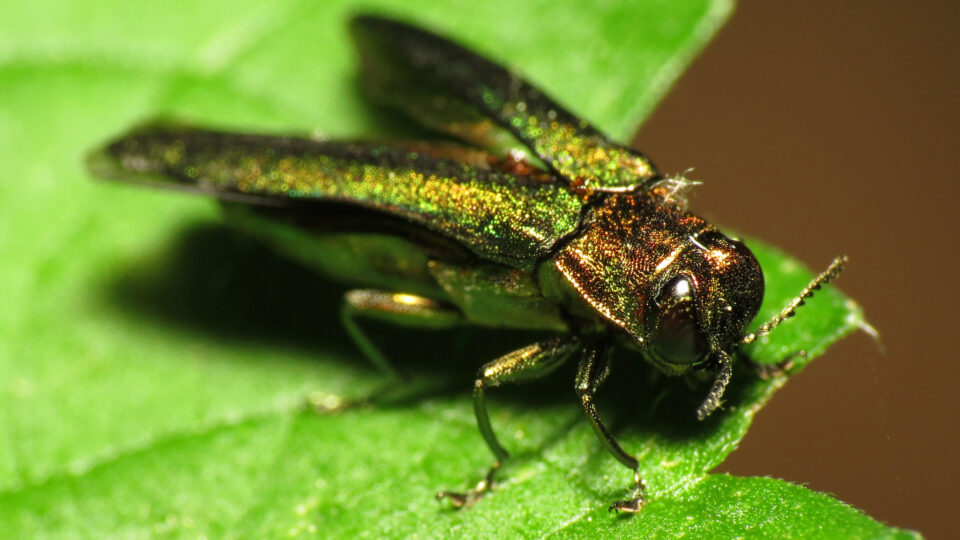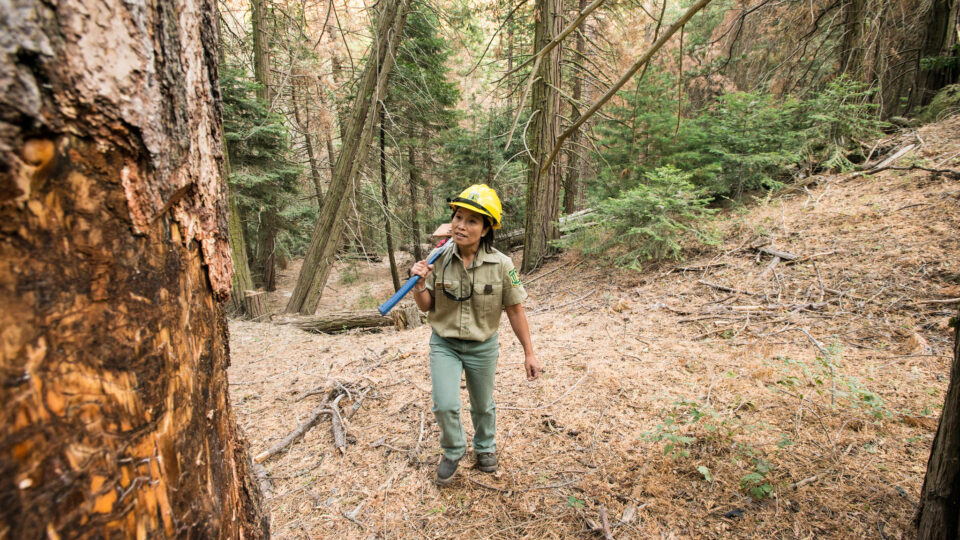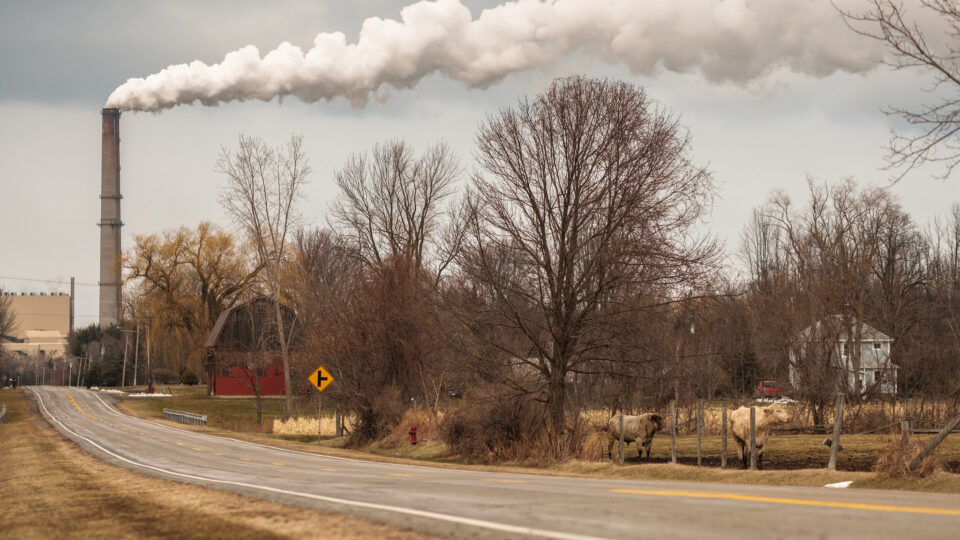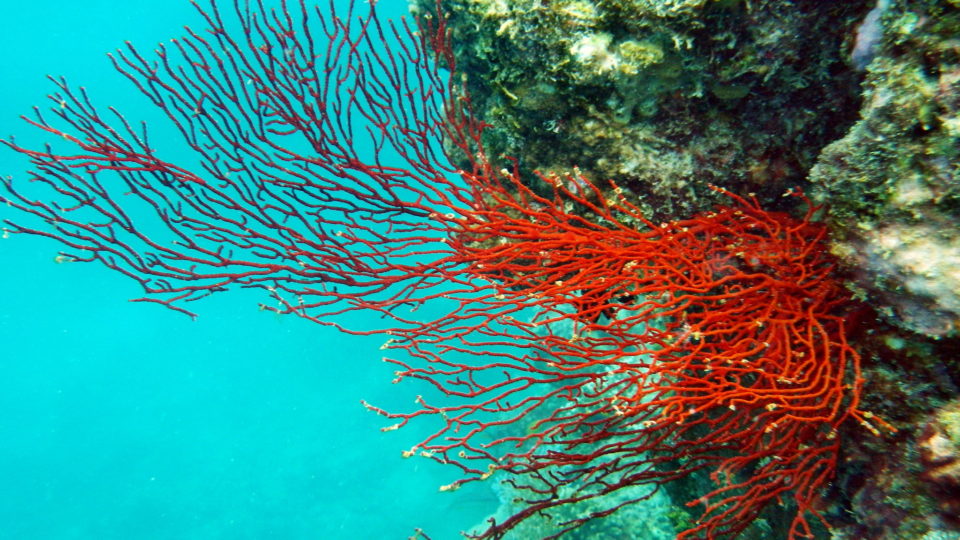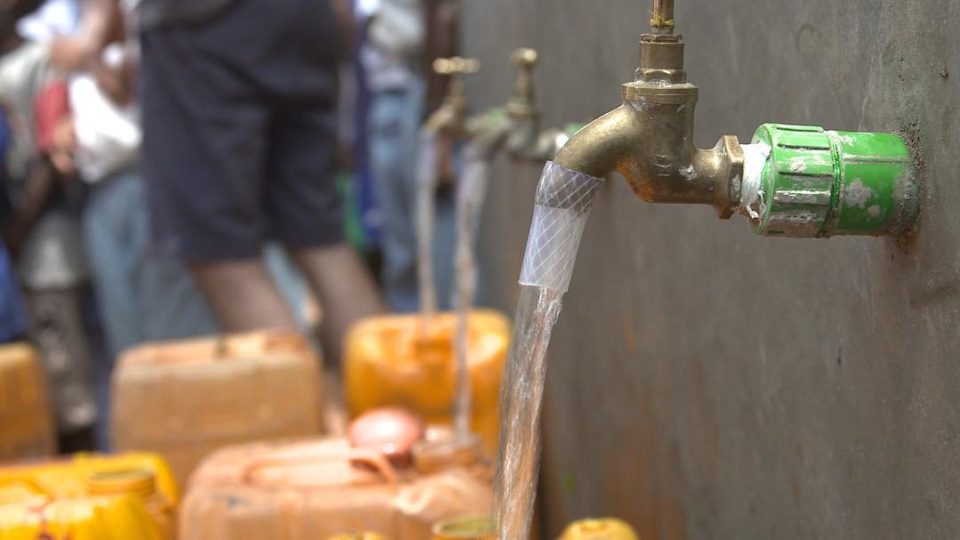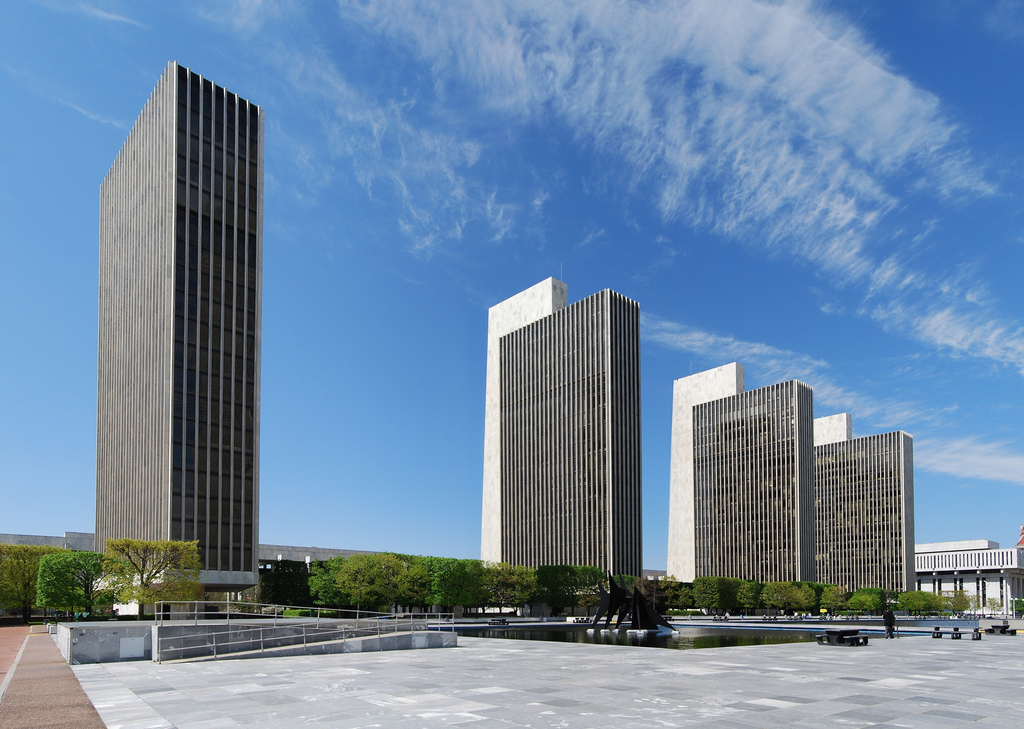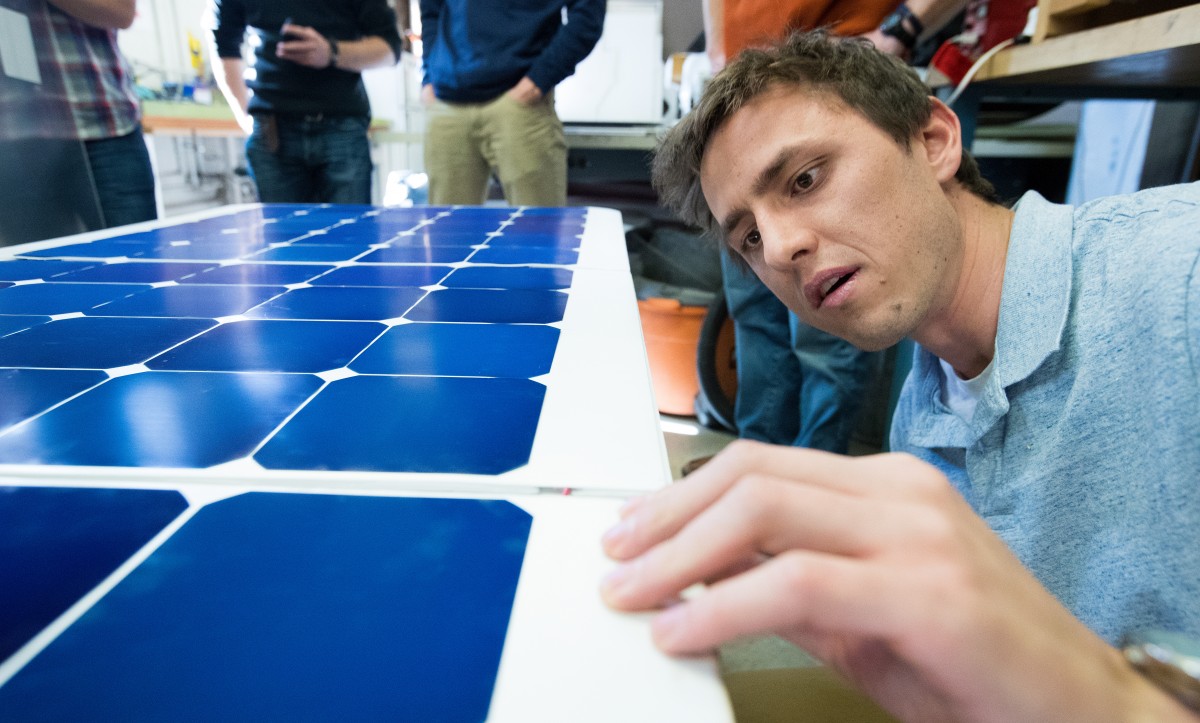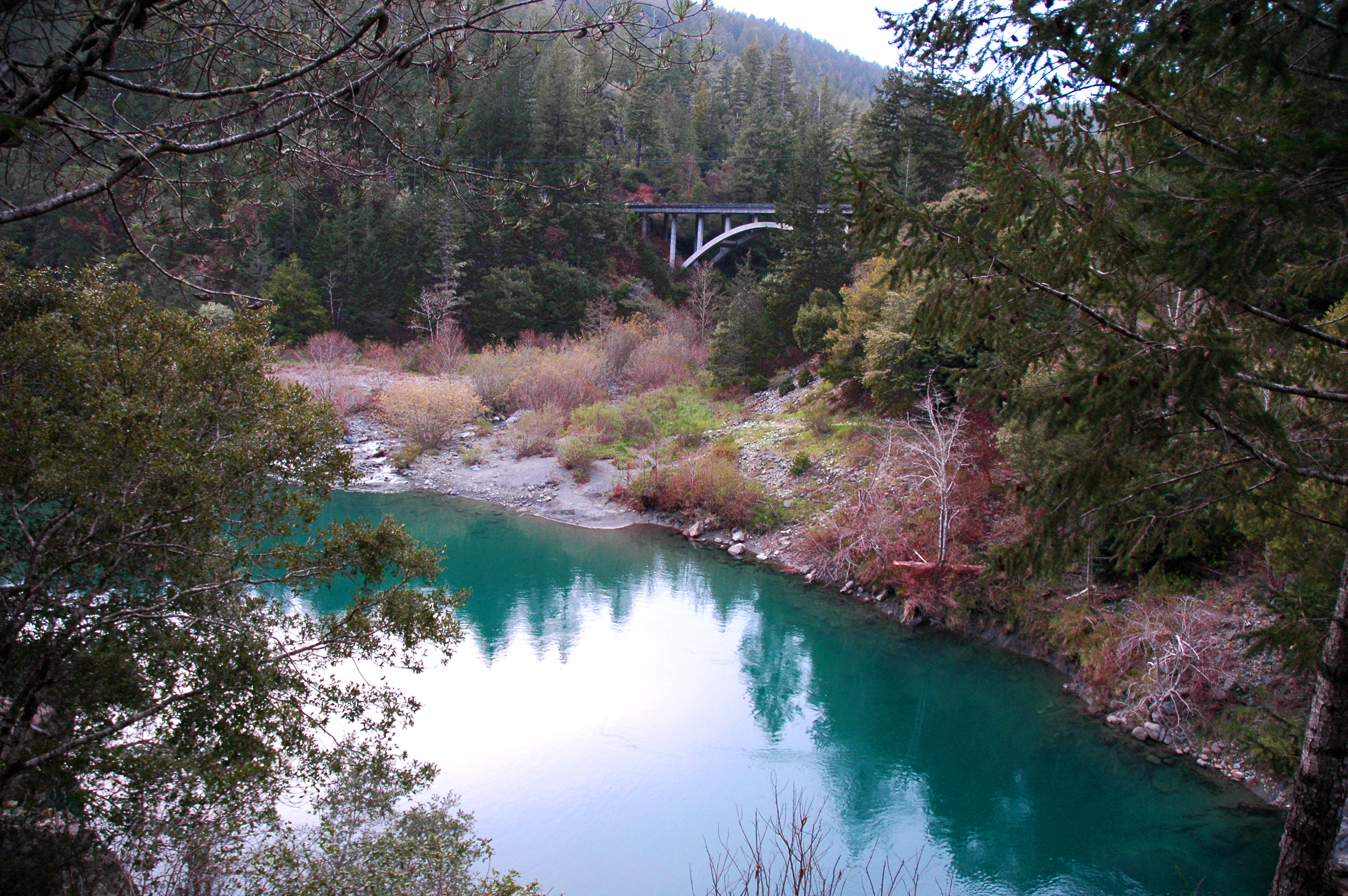Recent studies have shown that there has been a 69% decline in global animal populations since 1970. There is a biodiversity crisis in the world. In the face of this situation, there is a growing interest in using cold storage to preserve genetic samples taken from animals threatened with extinction.
Just as egg-freezing is used to preserve human fertility for a later date, the cryogenic freezing of genetic material from animals could be important in reducing species extinctions. Living cell banks – also known as cryobanks – could preserve genetic materials from animals that include skin cells, embryos, semen, and live tissues. These materials could be cultured and used for various applications including DNA extraction, assisted reproduction, ensuring genetic diversity in animal populations, and potentially reintroducing species back into their natural habitats.
There is a facility called the Frozen Zoo at the San Diego Wildlife Alliance which has genetic material from 965 different species, including 5% of the vertebrates currently listed as threatened on the IUCN Red List. Further sampling from zoos and aquariums could increase that representation to almost 17%.
Genetic samples of 50% of the species currently listed as extinct in the wild are already represented in the Frozen Zoo. Further sampling from the zoological community could increase this number to 91%. This could provide a critical lifeline for these species that are on the brink of extinction. As wildlife populations continue to decline around the world, it is more critical than ever to collect and preserve genetic samples from threatened species.
**********
Web Links
Cryo conservation – a cool solution to saving species from extinction
Photo, posted September 30, 2018, courtesy of Andy Morffew via Flickr.
Earth Wise is a production of WAMC Northeast Public Radio
